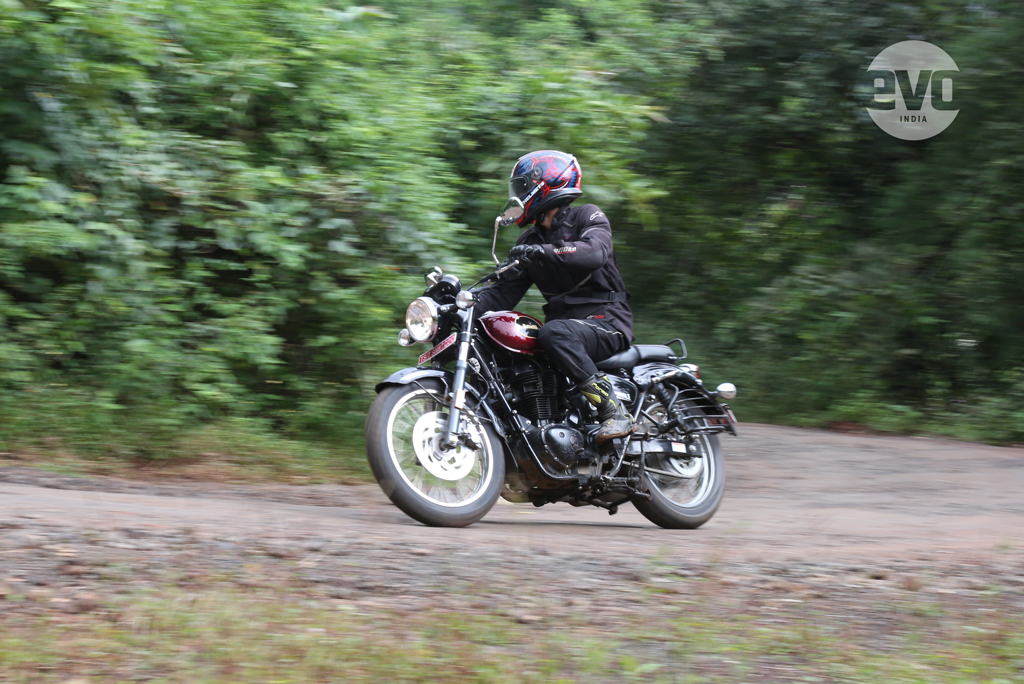Benelli Imperiale 400- First Ride Review
Does Benelli’s classic have what it takes to unsettle the Royal Enfield Classic 350?

Retro roadsters have been on the rise in the past couple of years. While Royal Enfield dominated the Indian market with the Classic 350 and the Bullet 350 for quite a while, last year Jawa Motorcycles made a comeback and stole the show. Not literally as the bikes are yet to be delivered but Royal Enfield has been consistently selling 50-60,000 examples every single month. However, things are about to get interesting as Benelli has finally decided to wet its toes in the ‘classic’ waters with the Imperiale 400. The Imperiale 400 was showcased first at EICMA 2017. And At Rs 1.69 lakh, the bike is expensive by Rs 16,000 than the Royal Enfield Classic 350 and Rs 5,000 than the Jawa, respectively. But does the Benelli pack enough goodies in its bag to ask for the extra cash?
Styling and equipment
I am not a big fan of classic motorcycles but the Benelli Imperiale 400 surely makes an exception in my books. A lot of credit goes to handsome proportions and also because the bike resembles the Triumph Bonneville T100. It commands a lot of attention (especially in the silver shade) and guarantees a second glance from the passersby. The 12-litre teardrop-shaped fuel tank, the long exhaust barrel, large halogen-based headlamp, spring-assisted seat, conventional forks and the 19/18-inch wheel setup lends it a robust yet handsome persona.
The Imperiale features an all-new long-stroke air-cooled, single-cylinder SOHC 373.5cc engine. Torque is the name of the game here and the Imperiale develops a mere 21bhp at 5,500rpm but the torque is highest in this segment at 29Nm. But it’s not all retro.
The engine on the Imperiale is fuel-injected. It also gets a 300mm disc at the front and a 240mm disc at the rear assisted by dual-channel ABS which neither Jawa or the Royal Enfield offers. Then there’s the instrument cluster. It is a twin-pod unit (loosely based on the Triumph Speed Twin’s) and offers the most amount of information of the three classics. The neatly designed pods display the digital fuel gauge and a gear indicator in the centre while there’s analogue tachometer as well. Overall, the bike seemed to be well-built, apart from a couple of plastic bits that felt flimsy. The fit and finish and also the quality levels have consistently seen an improvement starting with the TRK502 and the Imperiale simply takes it to the next level. However, of the six media bikes, three were plagued with inconsistent fueling. It’ll be interesting to see how the Imperiale fares in the long term and that’ll be the agenda for the road test when the bike stays with us for a longer duration.
On the saddle
Swing a leg over and you’ll notice how comfortable the bike is. The 780mm saddle height makes it easy for riders of all sizes to easily plant their feet on the ground. The handlebar is wide and is slightly tapered towards the rider, making it very comfortable and making you feel in control on the bike. The pegs are slightly rear set, giving a slightly commanding riding stance and it won’t take much time for you to get used to this riding posture. At 205kg, it is the heaviest amongst the competitors and coupled that with the 1440mm wheelbase (longest amongst the competitors), you do feel the weight while moving the bike around. Adding to your woes is the ridiculous turning radius of the bike.
However, once on the move, the story is different. The engine lacks power delivery at low rpms but it will surprise you with its healthy mid-range punch. Right from 4,000rpm the bike just surges ahead, right until it hits the 6k mark, after which the power starts to taper down. Surprisingly, the vibes are well contained and can be noticed once you get past the 7k mark. But then again, you wouldn’t go guns blazing on a charming retro classic, would you? It cruises comfortably at 100kmph in fifth gear, without emitting any vibes unlike its competitors and that makes it a comfortable cruise as well.
The 5-speed gearbox is silky smooth and we didn’t encounter any dead shifts or false neutrals. The ratios are well spaced but the engine lacks lowdown grunt which is the biggest USP of the Royal Enfield.
Then there’s the suspension setup. It’s overly soft and the travel is very limited with just 110mm stroke at the front and just 65mm at the rear; which means, it bottoms out on every pothole even with a lightweight rider like me (69kg). Handling is unpredictable for obvious reasons and it keeps wallowing mid-corner even at speeds at low as 60kmph. Another issue I encountered on bad roads was the grip levels from the tyres. The Imperiale gets a TVS Remora tyre at the front and TVS Sportorq rubber at the rear. Though the setup works fine on the tarmac, the grip levels on the Remora are marginally better on rubble and bad roads compared to the Sportorq.
The brakes on the Imperiale provided adequate stopping power, although there’s minimal feedback and progression, especially at the front. Also, the ABS was a tad intrusive to my liking and limited the bike’s braking power.
Better buy than the Royal Enfields?
Road presence, great equipment and a good engine – good enough to write that fat cheque, right? At Rs 1.69 lakh (ex-showroom, Delhi), the Benelli has the equipment to justify the price and to sweeten the deal, Benelli is offering a two-year complimentary service for the Imperiale and a three-year unlimited km warranty! And that puts a full stop on the questionable after-sales experience a lot of customers frequently complain about. But is it the best affordable classic in the market today? We have the answer in our comparison video between the Imperiale 400, Classic 350 and Jawa.


